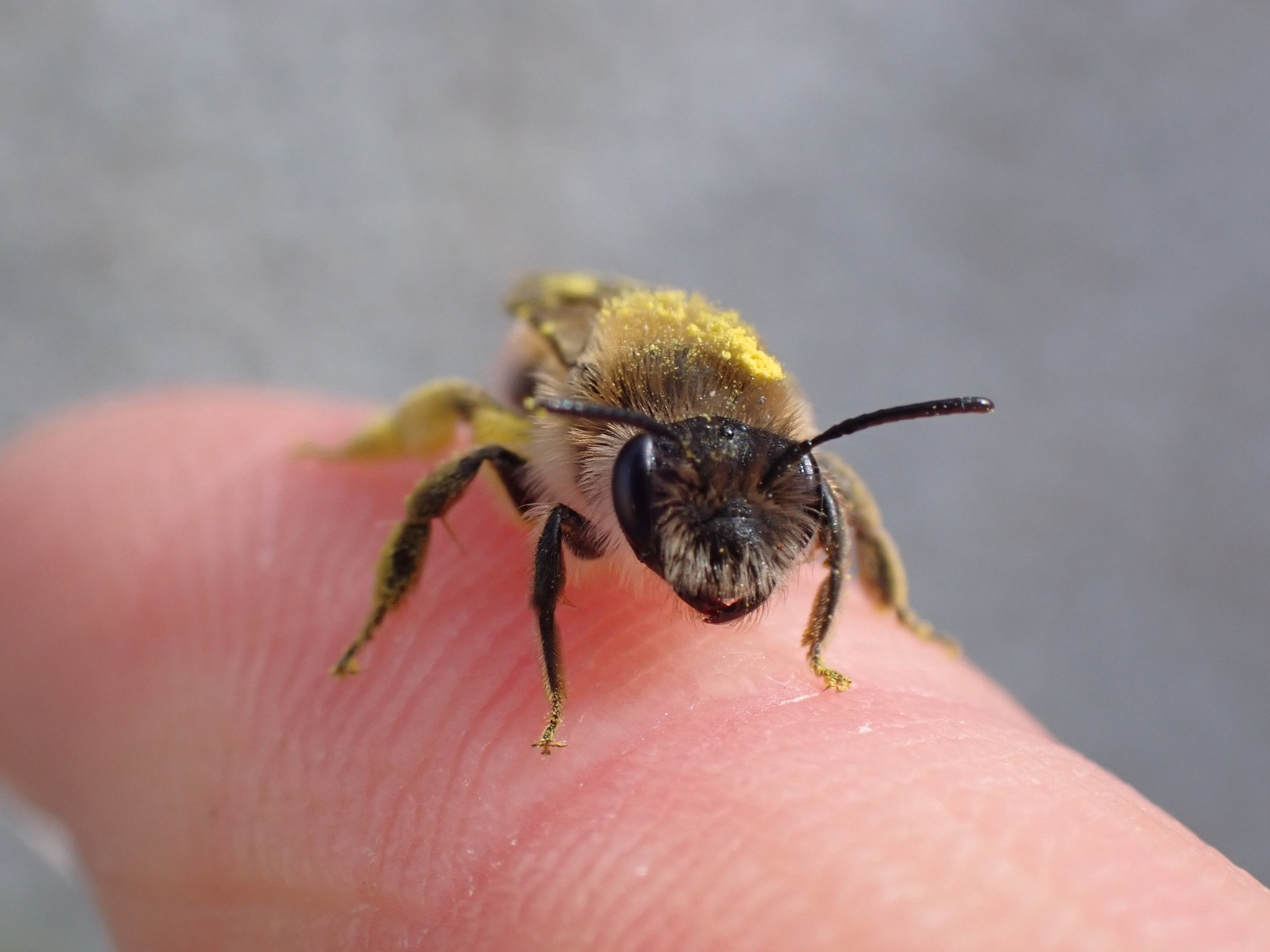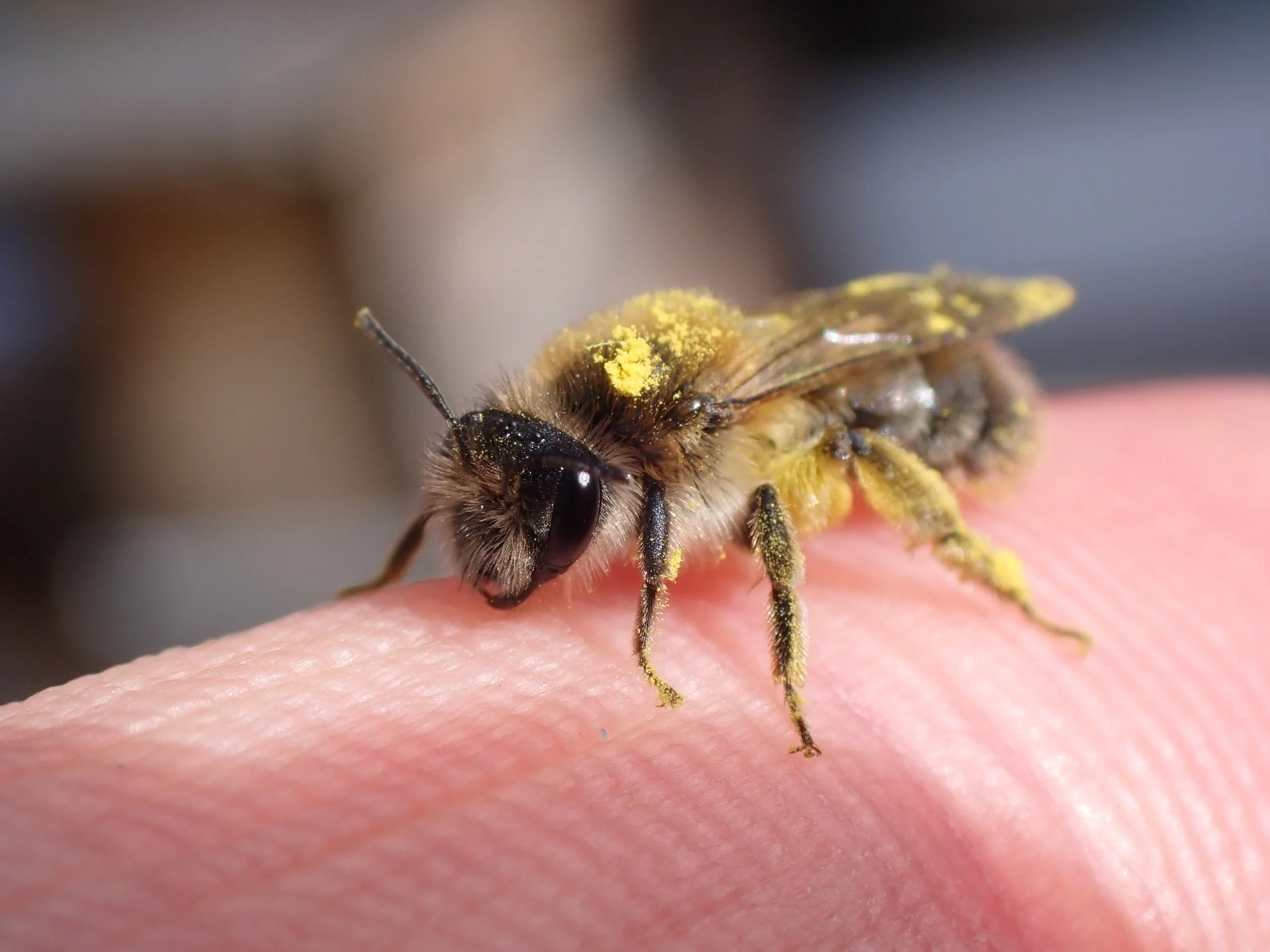Andrena praecox
(Scopoli, 1763)
Andrena praecox, commonly known as the Small Sallow Mining Bee, is a species of solitary bee that is part of the Andrenidae (Mining Bee) family. This species is particularly notable for its early emergence, usually in March, often being one of the first bee species to appear in spring, hence the name "praecox," which means "early" or "premature" in Latin. Andrena praecox is predominantly found in central, northern and western Europe.
This bee is a ground-nesting bee, typically creating burrows in well-drained soils often in deciduous woodland. These nests are solitary, with each female bee constructing her own nest, unlike the communal nests seen in some other bee species. The nests usually consist of a main tunnel with several side cells where the bee lays her eggs.
The diet of larval Andrena praecox consists of pollen and nectar of willows (Salix spp.), which bloom early in the spring. This preference for early-blooming plants is synchronised with the bee's early emergence, as the female bee needs to collect this for her young. This relationship between Andrena praecox and willow flowers is a classic example of mutualism, where the bees get a food source, and the plants get pollinated.
In terms of reproduction, after mating, the female bee prepares the nest cells with a supply of pollen and nectar, on which she lays a single egg. The larva develops in this provisioned cell, eventually emerging as an adult bee the following spring.
Andrena praecox plays a significant role in the ecosystem as a pollinator, especially in early spring when few other pollinators are active.
Male Andrena praecox
Male Andrena praecox
Male Andrena praecox
Female Andrena praecox
Female Andrena praecox
Female Andrena praecox







